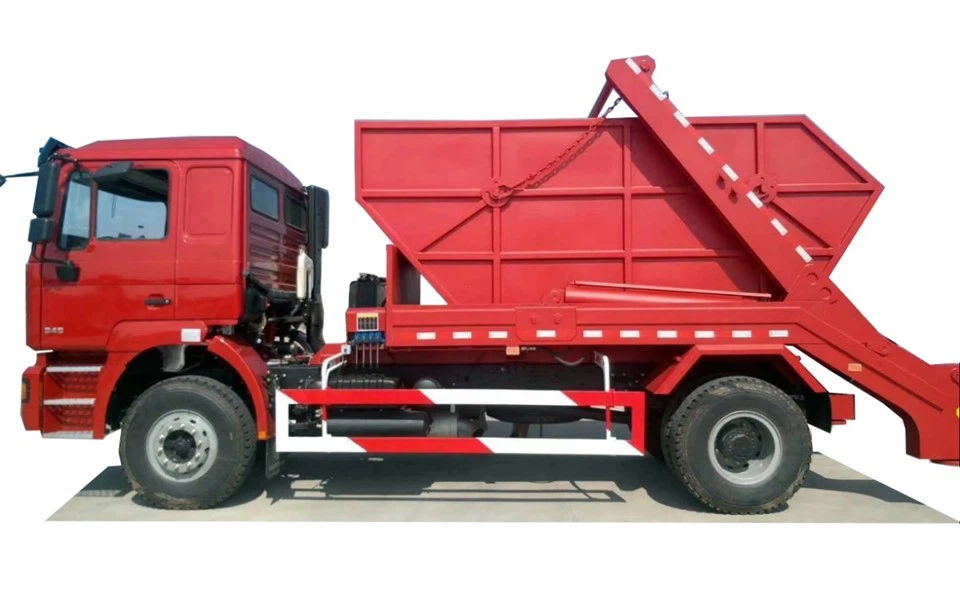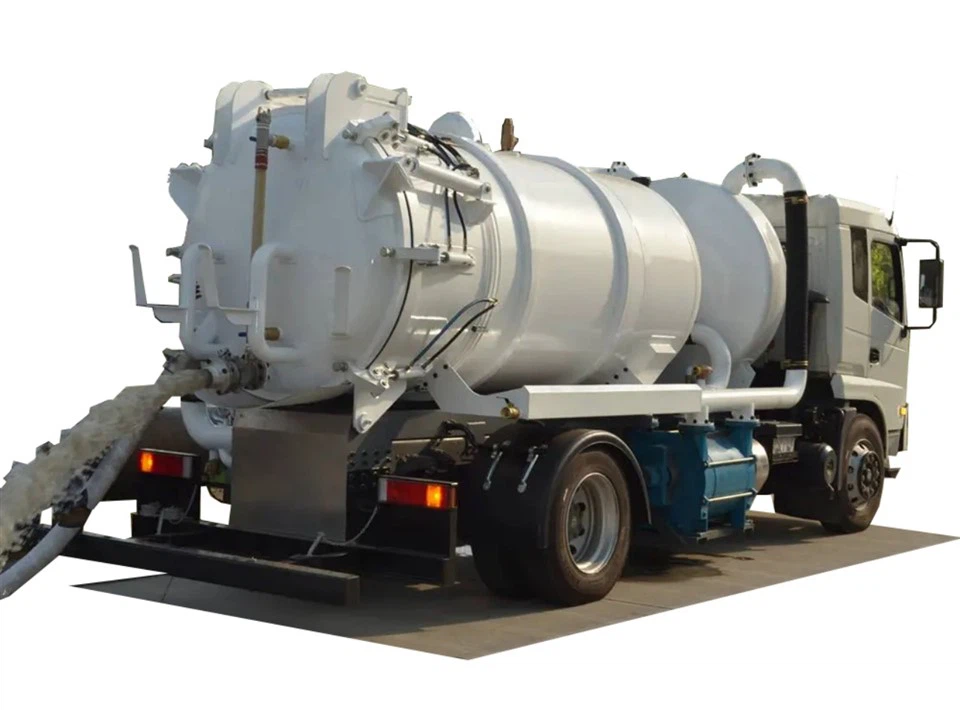The 2006 Freightliner stands as a significant model in the Freightliner lineup, known for its reliability, performance, and versatility. The Freightliner brand has a long history in the commercial vehicle realm, and the 2006 models contribute to that legacy with robust engineering suited for various applications. In this article, we will delve into everything you need to know about the 2006 Freightliner, including specifications, maintenance tips, and real-world applications, to help you make informed decisions whether you’re an owner or simply exploring options.
Table of Contents
- Overview of the 2006 Freightliner
- Popular Models of 2006 Freightliner
- Specifications and Features
- Performance Capabilities
- Fuel Efficiency and Economy
- Maintenance Best Practices
- Owner Experiences and Testimonials
- Frequently Asked Questions
Overview of the 2006 Freightliner
The 2006 Freightliner models are primarily known for their robustness and adaptability to various commercial purposes, including freight transport, delivery services, and utility applications. This year, Freightliner introduced both heavy-duty trucks and medium-duty models, making it an attractive option for different kinds of operators.
Key Features

Some notable features of the 2006 Freightliner include:
- Advanced safety systems
- Durable frame construction
- Enhanced cab space and comfort
- Multiple engine options for tailored performance
Popular Models of 2006 Freightliner
Freightliner offered several models in 2006, each addressing different needs in the trucking industry. The most notable models include:
Freightliner Cascadia
The Cascadia series was designed primarily for long-haul trucking, featuring aerodynamic designs to improve fuel efficiency. It offered spacious cab layouts and the latest in driver comfort.
Freightliner Columbia
The Columbia model is versatile, often used for regional hauling. It combines strength with ease of operation, featuring improved visibility and driver ergonomics.
Freightliner M2 106
This medium-duty truck is often utilized for deliveries and service applications. It offers a shorter wheelbase for better maneuverability while retaining power and reliability.
Specifications and Features

Understanding the specifications of the 2006 Freightliner models involves examining several parameters from weight to engine options. Below are the relevant details:
| Model | Engine Options | Horsepower | Max Torque | GVWR (lbs) |
|---|---|---|---|---|
| Cascadia | Detroit Diesel Series 60, Cummins ISX | 400-600 HP | 1450-1850 lb-ft | 80,000 |
| Columbia | Mercedes Benz OM 460, Detroit Diesel DD15 | 380-570 HP | 1350-1850 lb-ft | 66,000 |
| M2 106 | Cummins ISB, Mercedes-Benz MBE 900 | 200-330 HP | 520-750 lb-ft | 26,000 |
Performance Capabilities
The 2006 Freightliner engine options provide various performance capabilities suitable for different uses. Heavy-duty models like the Cascadia are engineered for rugged performance over long distances, while models like the M2 106 are optimized for city driving and shorter hauls.
Handling and Stability
With advanced suspension systems, the 2006 Freightliner models offer excellent handling, helping to maintain stability even under heavy loads. This can significantly reduce driver fatigue and improve safety.
Fuel Efficiency and Economy
Fuel efficiency is a crucial factor for any trucking operation. The 2006 Freightliner models have innovations that aid in reducing fuel consumption. The Cascadia, for instance, features an aerodynamic design which enhances miles per gallon (MPG) performance.
Tips for Improving Fuel Economy
- Regular maintenance checks
- Proper tire inflation
- Aerodynamic modifications
- Driver training for efficient driving practices
Maintenance Best Practices
To ensure longevity and reliability of your 2006 Freightliner, regular maintenance is key. Here are some maintenance best practices:
Regular Oil Changes
Routine oil changes reduce engine wear. Every 10,000 miles or as recommended by the manufacturer is usually the standard.

Brake System Inspections
Given the heavy use of braking systems in commercial trucks, regular checks for wear and functionality can improve safety and performance.
Fluid Levels Monitoring
Keep an eye on all fluid levels, including coolant and transmission fluid, to prevent any operational failure.
Owner Experiences and Testimonials
Gathering insights from current and past owners of the 2006 Freightliner offers valuable perspectives on its performance and reliability. Here are some testimonials:
Long-Distance Hauler
“I’ve been using my 2006 Cascadia for long hauls, and it’s been incredibly reliable. Its fuel efficiency helps me save on costs, and the comfort of the cab is impressive for long hours on the road.”
Urban Delivery Driver
“The M2 106 is perfect for city driving. Its compact design allows for easy maneuvering through tight spaces, and it handles loads with ease.”
Frequently Asked Questions
1. What is the average lifespan of a 2006 Freightliner?
With proper maintenance, a 2006 Freightliner can last upwards of 1 million miles, depending on how it is used and cared for.
2. Are parts for the 2006 Freightliner easy to find?
Yes, parts for older Freightliner models are typically easy to find due to the widespread use of these vehicles in the industry.
3. How does the 2006 Freightliner handle in adverse weather conditions?
Most models offer good handling in various weather conditions, but it is essential to check tires and brakes regularly for optimal performance during inclement weather.
4. What are the common issues reported with the 2006 Freightliner?
Common issues include electrical problems and wear on fuel injectors. However, regular maintenance can help mitigate these concerns.
5. Can I modify my 2006 Freightliner for better performance?
Yes, many owners choose to modify their Freightliners with performance upgrades such as enhanced exhaust systems or tuning software.
6. Is it cost-effective to own a 2006 Freightliner?
Owning a 2006 Freightliner can be very cost-effective, especially considering the vehicle’s reliability and efficiency when properly maintained.